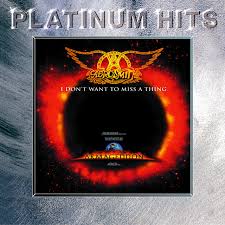A Katauta is a Japanese verse form that can be about mood or tell a story, like a song. The Katauta is three lines long, with the syllable count five, seven, seven. An example is below.
Today was Sunday
It was time to meet at church
And time to learn from God’s Word.
© Stacey Uffelman 10/18/15
Two Katauta together are called a Sedoka.
Today was Sunday
It was time to meet at church
And time to learn from God’s word;
To sing His praises
And to thank Him for blessings
That He granted in the week.
© Stacey Uffelman 10/18/15
There are something about “turns” in lines three and five, one sharp and one gentle: but from reading what I did about it and reading an example, I couldn’t quite understand what was meant by those terms. From the example, I could also see that several Sedoka can be used as stanzas in a longer poem.
Today was Sunday
It was time to meet at church
And time to learn from God’s word.
To sing His praises
And t thank Him for blessings
That He granted in the week.
*
I shake hands with friends
And ask them how their week went;
They often ask me the same.
Sometimes it was hard,
Either on my part or theirs;
So we pray for each other.
*
Too soon, service ends.
Hugs and handshakes are exchanged,
And wishes for a good week.
I wish that Sunday
Could be twenty-four/seven,
So our fellowship would last.
© Stacey Uffelman 10/18/15
The Sedoka example can be longer, with more Katautas/stanzas, but this is as far as the one that I was writing seemed to go. The example that I saw written was six “double Katautas” long, but I didn’t read anything about the poem having to be “this long” or “this short, so I’m guessing that this sort of poem can be as many “double Katautas/stanzas as the poet feels like writing. 🙂 If you choose to try a Katauta/Sedoka/etc. have fun with it !








Leave a Reply